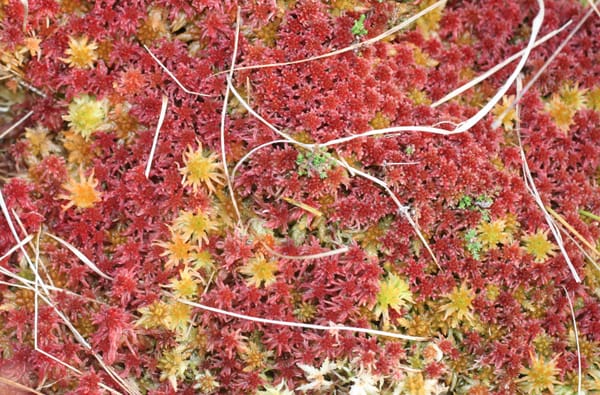Peatland Restoration Project Design

I was really fortunate to be able to attend the two week Peatland Restoration Design course recently. The course is designed by NatureScot and hosted and delivered by the SRUC. It's a great mix of theory and practical and gives excellent guidance on formulating peatland restoration design as well as the paperwork and legal requirements when applying for funding.
Cairnsmore Of Fleet
Our first field trip was to Cairnsmore of Fleet, a National Nature Reserve in Dumfries of Galloway. Peatland restoration there consists of peat dams and combination dams (peat dams with wooden support either side). Here we did some peat depth surveying and looked at potentially problematic areas and how we might attempt the forest to bog restoration on an area of clear felled forestry. One of those rare field days where the weather held off until we were leaving. We were also rewarded with a fly by from a hen harrier and hen harrier days are always good ones.


Kirkconnell Flow
Kirkconnell Flow is a lowland raised bog in Dumfries & Galloway. Extensive restoration has been carried out here with novel actions required to restore this rare bog habitat. Concentric bunds, designed to help prevent wave erosion and cell bunds to help contain water at the edges. Previous planting of this site led to peat pipes, which can channel large volumes of water away from the bog. Recovery signs are promising on this recently restored site (just over a year ago).
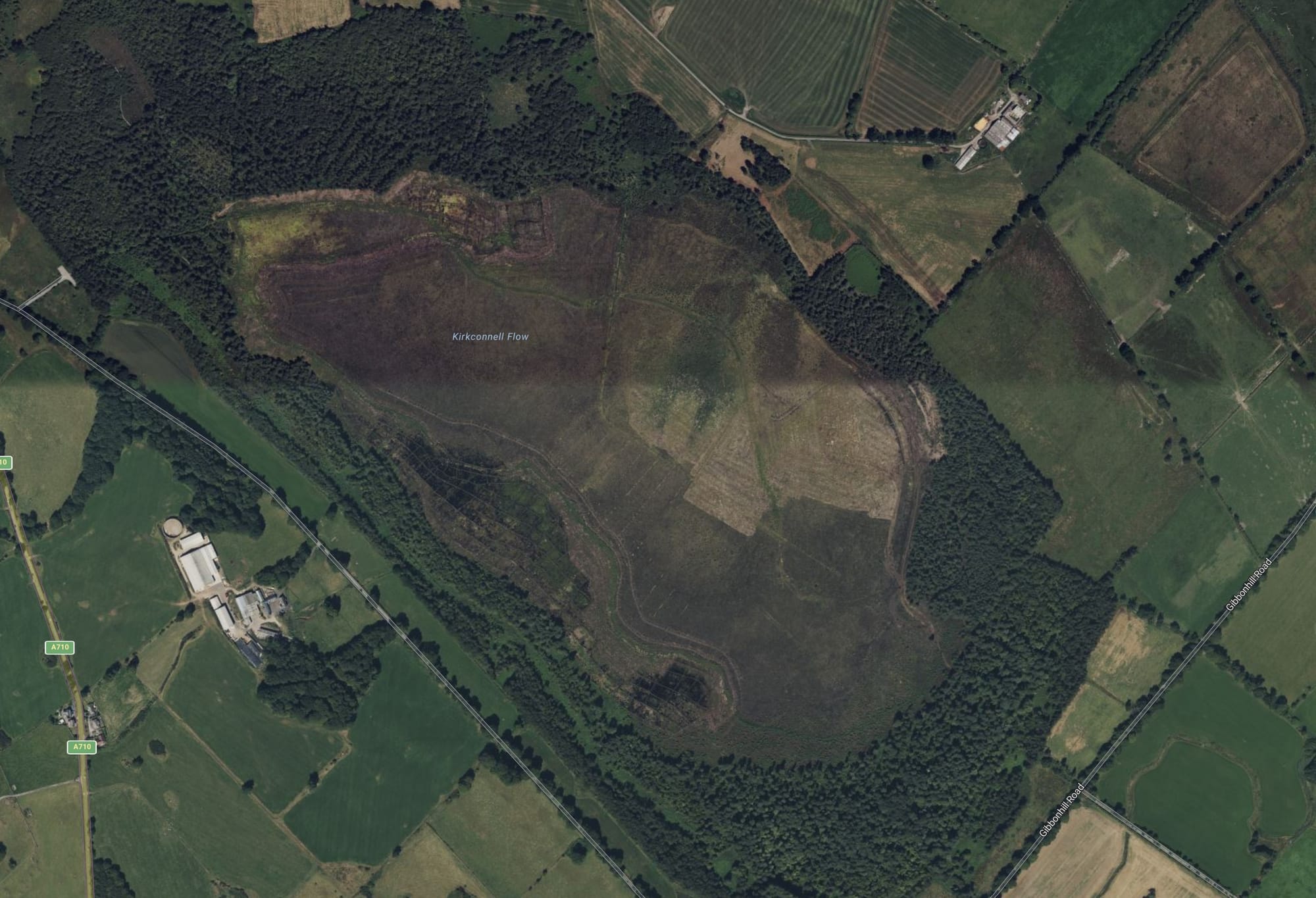



Kirkconnell Flow-Left to right: Sphagnum and Cladonia spp., adder in heather, cell bunds.
Peat works
A visit to an old peatworks had a lot of us fairly horrified. Many acres of bare peat with little vegetation establishing itself there. Bare peat gets very hot in summer and little will grow on it. Huge drains keep the site fairly dry and there's evidence of wind erosion. We had a discussion about a wish-list for restoration at this site and what an amazing trial site this could be!

Loch Garten
Loch Garten is a RSPB nature reserve in the Strathspey area of the Cairngorms National Park. The Scot's Pine woodland is old and plantation in origin. Restoration has been carried out to block drains and reduce water flow out of the woodland, which would have been taking peat with it. Restoration using peat dams was evident along old drainage ditches. In denser areas of younger trees ring barking is being used to help manage the woodland. This will result eventually in the death of the tree, but will release nutrients from the dying tree back into the ground, increase standing deadwood which is so important of biodiversity, and open up the woodland.
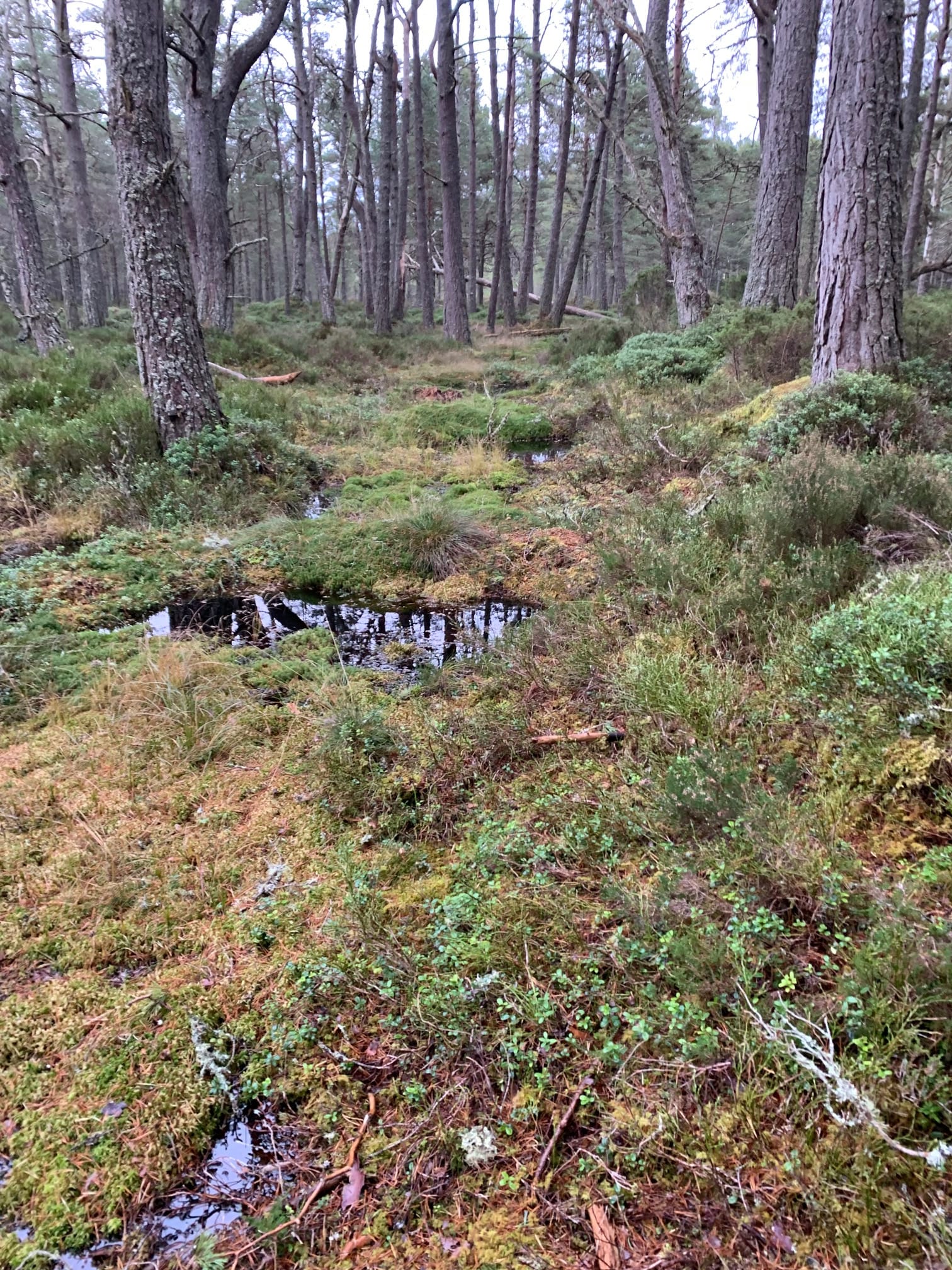



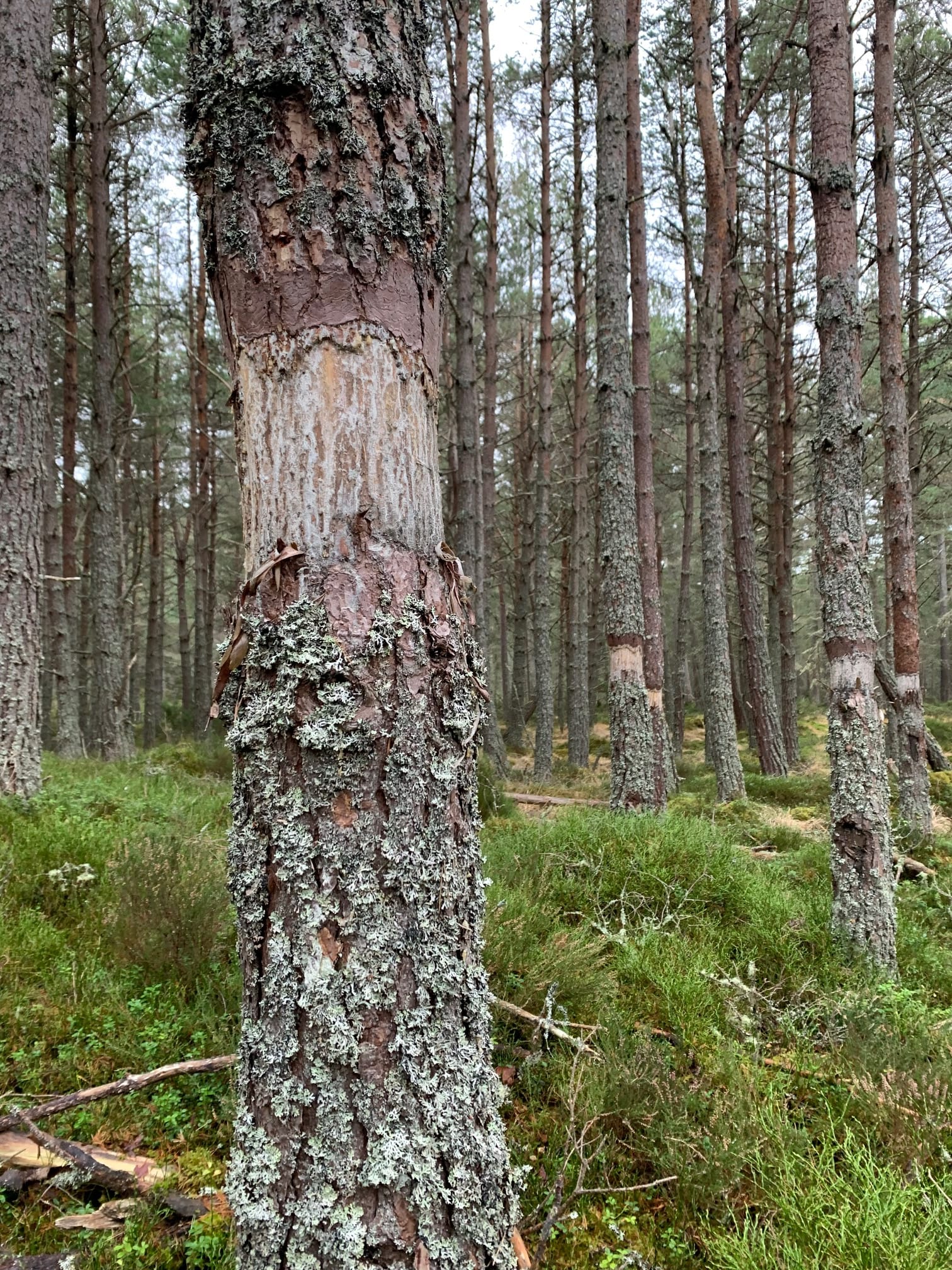
The woods are being re-wetted with the larger drainage ditches blocked with peat dams. The wood is being managed to contain more deadwood and there are lovely areas of juniper and birch woodland within this old Scot's Pine plantation.
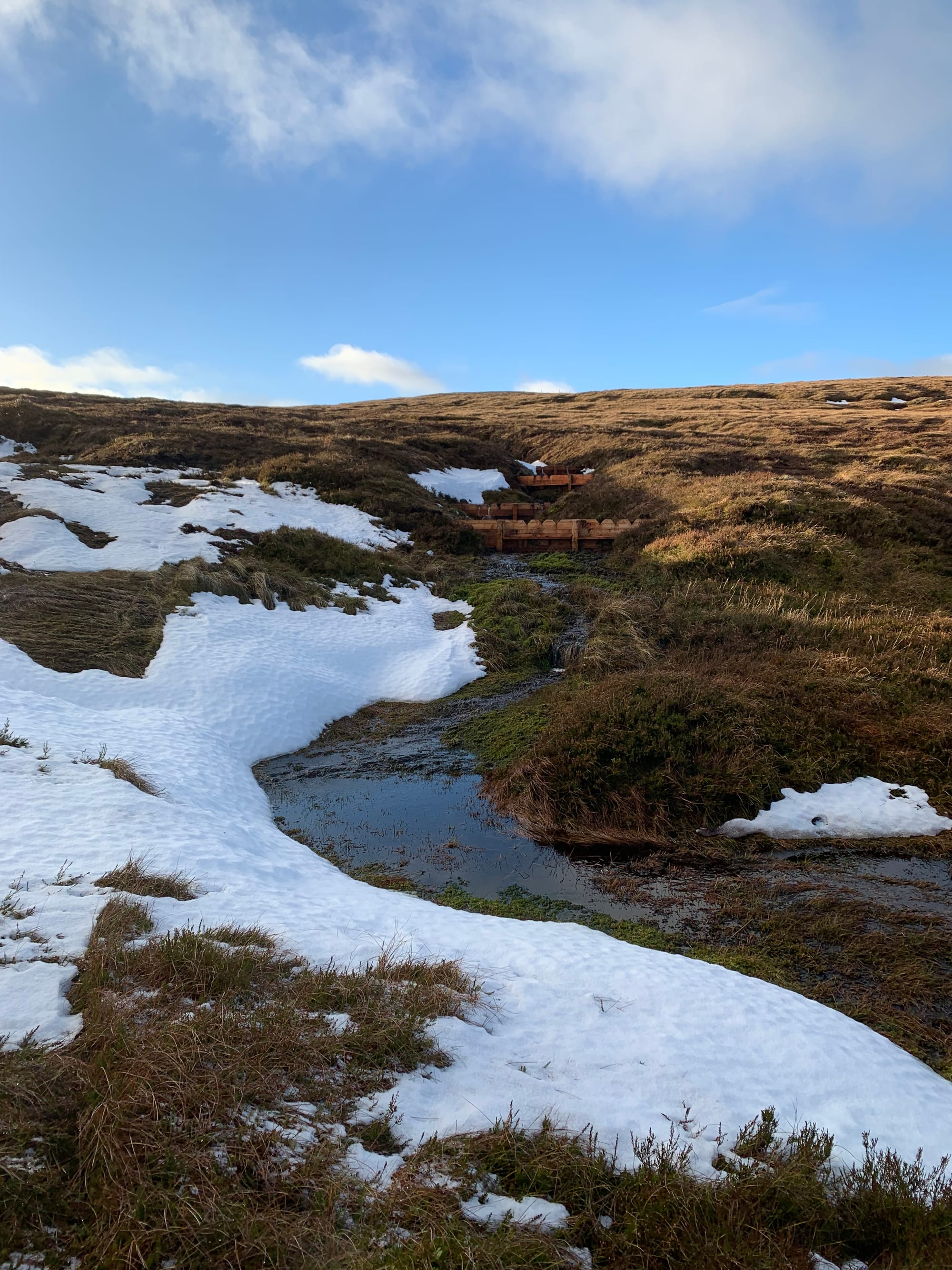

Wooden peat dams high up in the Grampians. The notches allow some water through and each dam has a wooden spill plate so that water coming through doesn't erode the peat below.
Lastly, we visited a site in the Grampians, a beautiful crisp day with incredible views! We were able to talk to contractors and observe wave dams and zipping-made more difficult with a bit of snow cover, as this must be removed before building peat structures. We then went on to see some wooden peat dams and hag reprofiling on some large erosion features.
An excellent course, many thanks to all who contributed and for those who took part for being good company! Special shout out to those keeping me sane when my satnav had a meltdown in Tomintoul..


